Zero rehabilitation: Mashkail’s forgotten quake victims
Over 34 were killed and dozens injured in the quake.
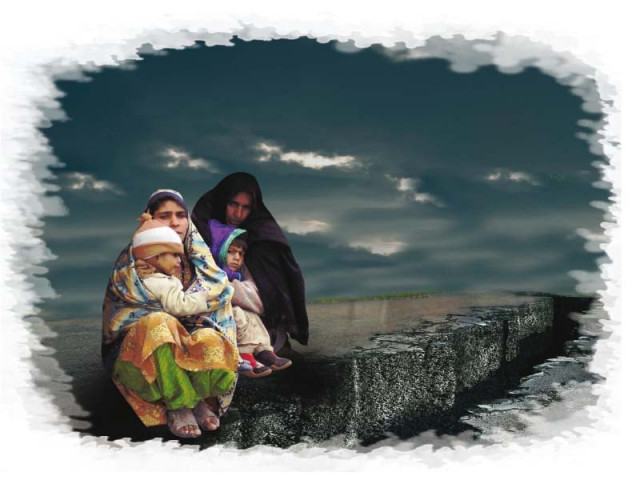
Over 34 were killed and dozens injured in the quake. DESIGN: FAIZAN DAWOOD
“It’s Ramazan, and we don’t even have clean drinking water during this extremely hot month,” says Haji Shafiq, grief and disappointment evident in his voice. “We are 10 people in the family and, for months, we have been living under the open skies, with no adequate sustenance, no healthcare. We are cut off from the rest of the country.”
Shafiq, a local shopkeeper who lost his home and business when the earthquake devastated Mashkail four months ago, is not alone in his misery. Thousands more are suffering alongside and seemingly very little is being done to alleviate their condition.
A deadly disaster
Mashkail tehsil in Washuk, a district that shares a border with Iran, boasts a 75,000-strong population.
According to Balochistan’s provincial disaster management authority (PDMA), over 34 were killed and dozens injured in the quake. Furthermore, even more alarmingly, at least 8,000 families are now homeless. Today, these families live without shelter, and are forced to brave the scorching sun in a region where the temperature shoots up to 47 degrees centigrade.
“An estimated 20,000 people are homeless because of the quake,” says Abdul Kabeer Reki, a local journalist.

Help wanted
According to Reki, the PDMA has conducted a survey in Mashkail to look into the damages, filled out 5,300 forms, but has not taken any concrete steps to this day.
Affected residents M Hafeez Baloch and Rehmat Baloch reiterate the extent of damage. Their houses, they say, have been demolished.
“The weather is getting very hot, we don’t know how much longer we can live like this,” they claim.
According to Asif Lehri, the social sector manager in the non-governmental organisation Balochistan Rural Support Programme, the delay in rehabilitation is because of how the population of Mashkail is scattered.
“The biggest problems right now are health and heat,” he remarks. “People are getting sick, and are being compelled to construct homes on their own. It should be the government that does that.”
The PDMA has claimed that it has already concluded a survey of constructing a model town. However, according to the victims, they have not been assured of such a move at all. These victims have asked the chief minister, time and time again, to personally take up the issue of their rehabilitation.
What’s being done?
PDMA Director General Mohammad Khalid Baloch says the authority carried out relief work on emergency basis right after the earthquake.
“We gave two weeks ration, tents and drinking water to the affected families [immediately],”he claims. “The PDMA has done relief work, but not rehabilitation work.”
According to the DG Muhammad, the Earthquake Reconstruction and Rehabilitation Authority (ERRA) official have already visited Mashkail.
“ERRA told us to make Pro forma [assessing damages to see what action could be taken] for rehabilitation of the affected people. We filled the forms and sent it back but have not received a response from ERRA yet. However, the former caretaker chief minister visited the area and did say that he will make a model town in Mashkail. We have conducted the relevant survey.”
Other PDMA sources also reiterate that work started as soon as the quake hit.
“The provincial government has given Rs2.5 million to the government hospital in Mashkail to ensure the health facilities for the affected people,” reveals a source.
“Because of receiving funds for relief, NGOs were now allowed to work in the area.”
Published in The Express Tribune, July 23rd, 2013.

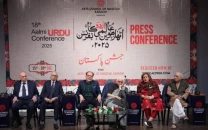
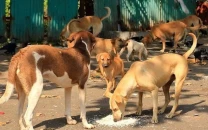
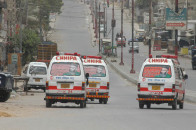
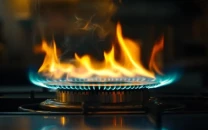

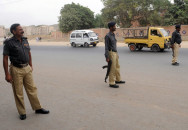












COMMENTS
Comments are moderated and generally will be posted if they are on-topic and not abusive.
For more information, please see our Comments FAQ